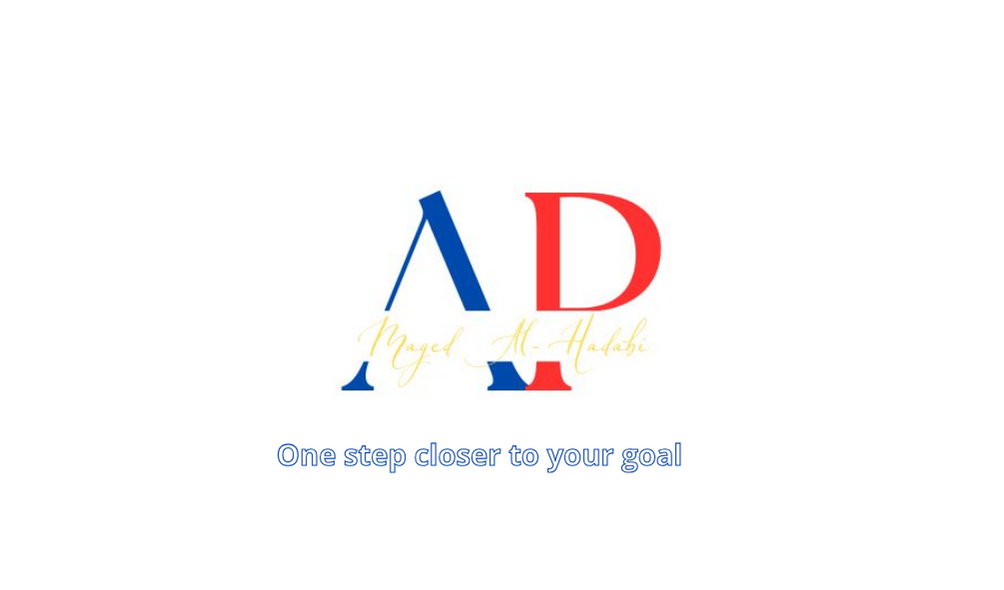
In 2013, the International Civil Aviation
Organization (ICAO) adopted Annex
19 to the Chicago
Convention to implement Safety Management Systems (SMS) for aircraft operators,
airport operators, and service providers throughout the globe.
A
safety management system is a systematic and proactive approach for managing
safety risks. As with all organizational management systems, SMS includes goal
setting, planning, and measuring performance. An effective safety management
system is woven into the fabric of aircraft operators, airport operators, and
service providers. It becomes part of the culture, the way people do their jobs.
Airline safety management system goes beyond compliance with prescriptive regulations
to a systematic approach where potential safety risks are identified and
managed to an acceptable level. It adopts a business-like approach to safety,
similar to finance management, with safety plans, safety performance
indicators, and targets and continuous monitoring of the safety performance of
the aviation organization. Furthermore, it enables effective risk-based
decision-making processes across the management levels of the aircraft
operator, airport operators, and service providers.
What is a safety management system?
Airline safety management system is a proactive and integrated approach to managing
safety including the necessary organizational structures, accountabilities,
policies, and procedures (the UK, CAA, CAP 795).
Another
definition, the safety management system is a systematic approach to managing
safety, including the necessary organizational structures, accountabilities,
policies, and procedures (ICAO, Doc 9859).
I
will clarify these two definitions by explaining the three core aspects of SMS:
A- Systematic
Safety
management activities
are per a pre-determined plan and applied consistently throughout the
management of aircraft operators, airport operators, and service providers.
B- Pro-active
An
approach that emphasizes hazard identification and risk control and mitigation,
before events that affect safety occur,
C- Explicit
All
safety management activities are documented and visible.
A
safety management system is more than a manual and a set of procedures. It
requires safety management to be integrated into the day-to-day activities of
the aircraft operators, airport operators, and service providers. Furthermore,
the development of organizational culture - safety
culture - that reflects
the safety policy and objectives.
Why a safety management system?
In
my previous article, SWISS CHEESE MODEL for accident causation. I pointed out
that during the period from 1970-1990, safety endeavors do not include failures
in the management and organizations of safety. In the mid-1990s, safety
endeavors began to be viewed from a systemic perspective and started
encompassing organizational factors besides human and technical.
But
at that time, there was no consideration on how parts or components can affect
the whole, safety-wise. Herein lies the fundamental consideration at the
foundation of SMS (Total system). A safety management system’s conceptual
discipline is the first layer for cohesiveness and integrity of the whole.
Benefits of having an SMS
There
are many benefits of implementing SMS by service providers, I will mention some
of them:
- Continuing authorization to operate
- Improving safety performance
- Continuing improving and managing of change
- Reducing costs associated with accidents
and incidents
- Increasing employee productivity
- Improving staff relations and morale
- Improving operation efficiency
- Enhancing image (employees, community,
clients, and customers)
- Lowering insurance premiums
- Easing access to finance
- Increasing regulatory compliance
- Improving confidence
- Boosting corporate and social
responsibility
- Promoting a positive safety culture
What are the four elements of SMS?
SMS is composed of four functional components and
twelve elements, and its implementation shall be commensurate with the size of
the organization and the complexity of the services provided.
- Safety Policy.
- Safety Risk Management.
- Safety Assurance.
- Safety Promotion.
I will list the components and
elements of the SMS framework in this table.
|
Components |
Elements |
|
1- Safety Policy |
1.1 Management commitment 1.2 Safety accountability and
responsibilities 1.3 Appointment of key safety personnel 1.4 Coordination of emergency response
planning 1.5 SMS documentation |
|
2-Safety
Risk Management |
2.1 Hazard identification 2.2 Safety risk assessment and
mitigation |
|
3- Safety Assurance |
3.1 Safety performance monitoring and
measurement 3.2 The management of change 3.3 Continuous improvement of the SMS |
|
4-
Safety Promotion |
4.1 Training and education 4.2 Safety communication |
Summary
An
SMS is essentially a quality management approach to controlling risk. It also
provides the organizational framework to support sound safety culture. It
provides the company’s management with a detailed roadmap for monitoring safety-related
processes.
Further
reading:
-
ICAO Doc 9859, Safety Management Manual
-
FAA, Introduction to Safety Management Systems for Air Operators
-
UK CAA, CAP 795, Safety Management Systems (SMS) guidance for organizations

